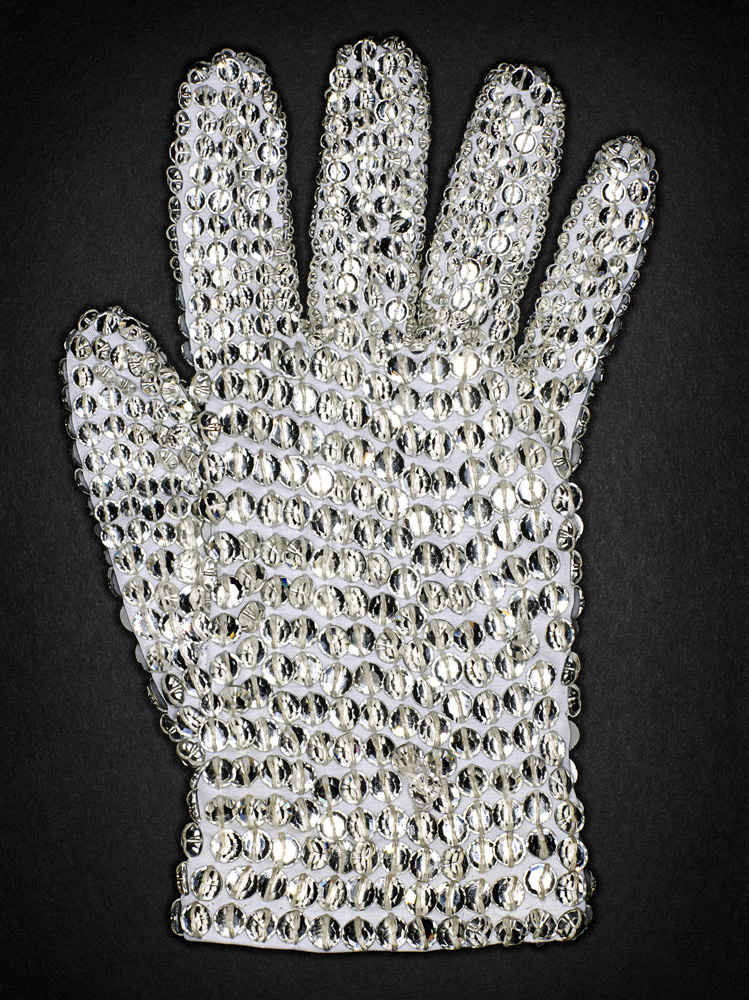
At the height of his career Michael Jackson could go no higher. A cultural phenomenon, he changed the course of popular music and for 40 years thrilled and entertained us as he did so. His private life, in contrast, became a catalogue of eccentric behavior and radically changing physical appearance. And then came the fall: A string of accusations and indictment on child molestation charges from which he never truly recovered. With his career and income in free fall, his excesses continued. Five years ago, Jackson was said to be half a billion dollars in debt.
In 2008, Jackson had narrowly avoided foreclosure on Neverland, his 2,700 acre property northwest of Los Angeles. And in an effort to raise capital he contracted Julien’s Auctions in Beverly Hills to put 2,000 of his worldly possessions under the gavel.
Early in 2009, hearing of the auction, photographer Henry Leutwyler pitched to Portfolio magazine, the idea of photographing Jackson’s famous crystal white glove as an illustration of the financial failure of one of world’s biggest celebrities.
An inventory that had taken 90 days, and 30 men to catalogue and move from Neverland’s main house, theme park, game room and grounds, would provide a straight forward assignment for the accomplished photographer—he only needed to photograph a single iconic object.
In February 2009, Leutwyler and two assistants flew to Los Angeles and in a warehouse full of crates containing Jackson’s artifacts, made the photograph. With the job completed Leutwyler continued to shoot for three days. “It was like being in the chocolate factory,” he tells TIME. “Day one was frantic excitement, there were more gloves, then a jacket, then a trinket. By day two, I started to think about things. I was shooting this man’s life, he was still alive and these things were being taken from him.” By the time Leutwyler completed his work he had photographed 100 objects, including a poignant metaphor for Jackson’s life—his copy of Peter Pan.
Then, as Jackson announced a series of 50 comeback shows at London’s O2 Arena commencing that summer—which would partially alleviate his financial plight—Julien’s Auctions communicated the sale of Jackson memorabilia had been cancelled.
It was, says Julien’s director Darren Julien, “the greatest auction that never happened”
A settlement between Jackson and the auction house resolved that he would keep his possessions, while an exhibition — that recreated Neverland in the disused former Robinsons-May department store and grounds in Beverly Hills, originally planned by Julien’s to promote the sale – would go ahead.
The extensive and elaborate exhibition, of garden statuary, furniture and decorative arts, antiques, amusement arcade games, Disneyana, and memorabilia from the life and career of Michael Jackson ran for two weeks. And then the items were returned to Jackson’s possession, a reinventory taken and everything put back into storage.
Eight weeks later, Jackson was dead from cardiac arrest after an overdose of the anesthetic propofol, administered by his doctor (who was later convicted of involuntary manslaughter.)
The series of photographs that Leutwyler made ran in Portfolio magazine (before it was shuttered by Conde Nast, a victim of the recession) and the following year were published by Steidl in Neverland Lost.
Jackson’s possessions (the subject of a recent 60 Minutes report) remain housed in five secret California warehouses, awaiting his children to come of age. Until then we have Leutwyler’s wonderful book of photographs. “I realize now what I didn’t realize at the time of publishing the book that I managed to keep the family of objects together.”
Henry Leutwyler is a New York based still life, portrait and celebrity photography represented by Foley Gallery
Phil Bicker is a senior photo editor at TIME
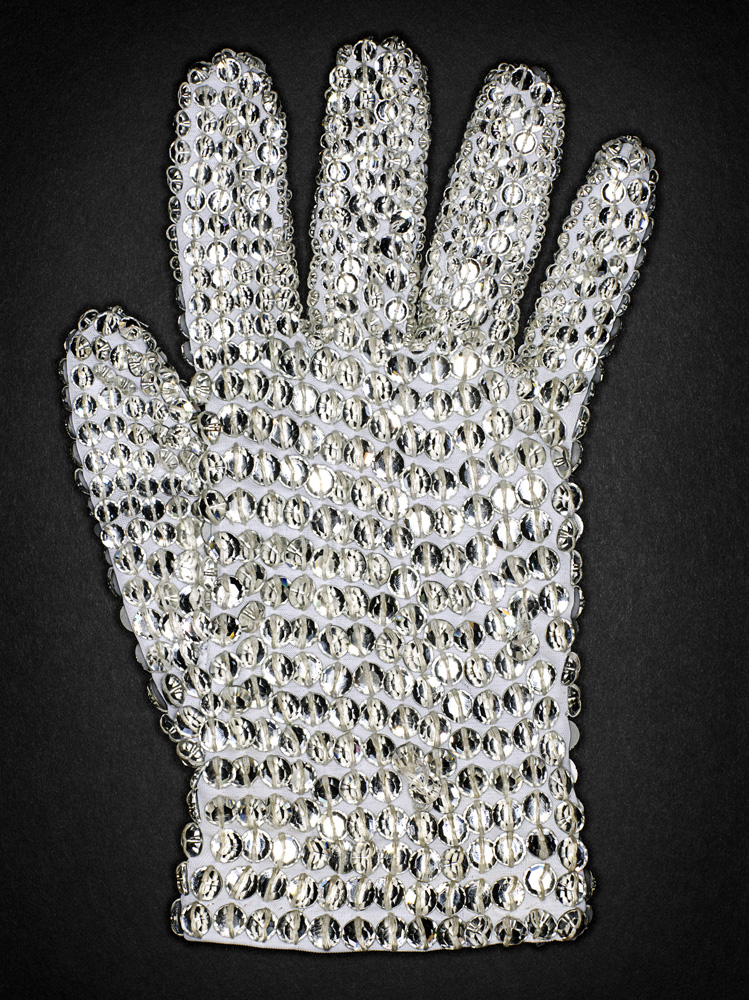
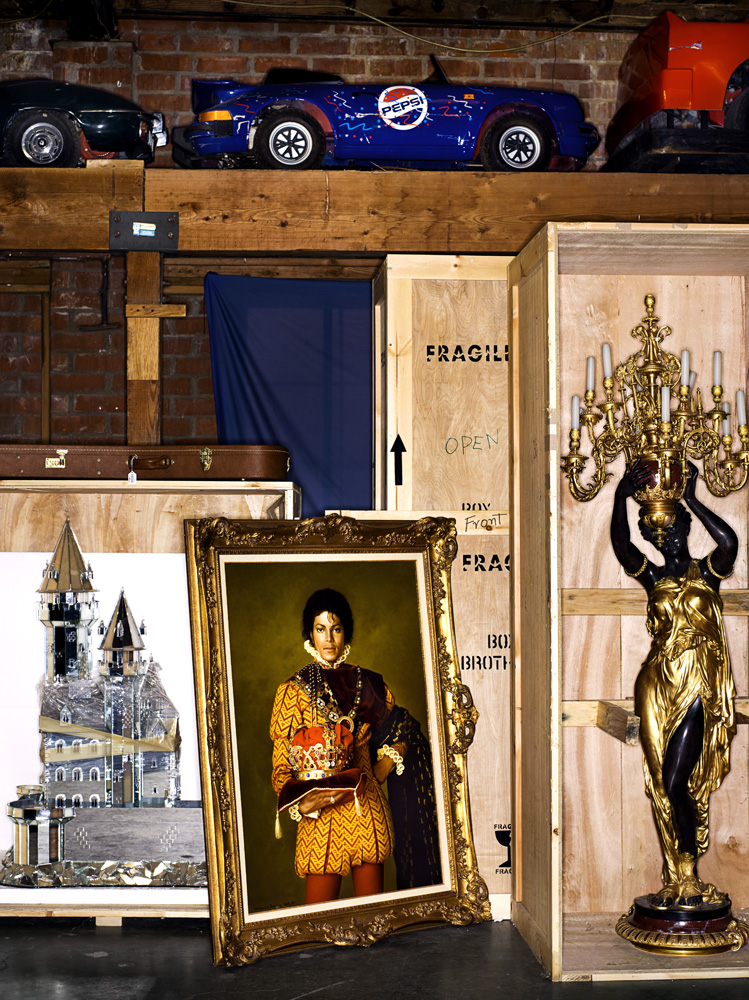
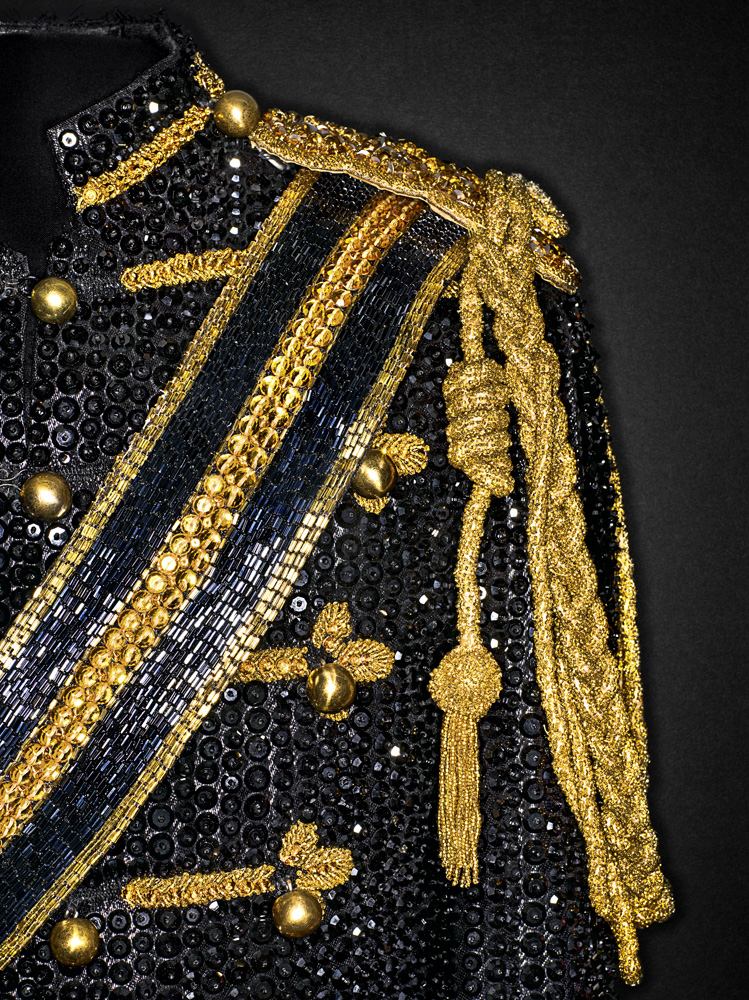

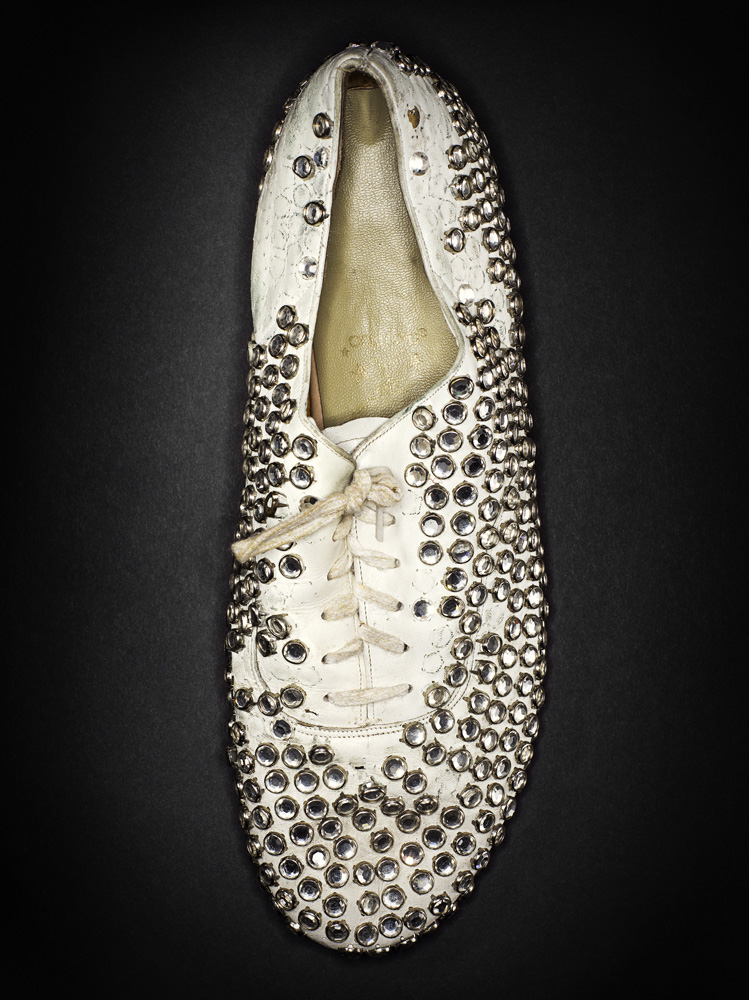



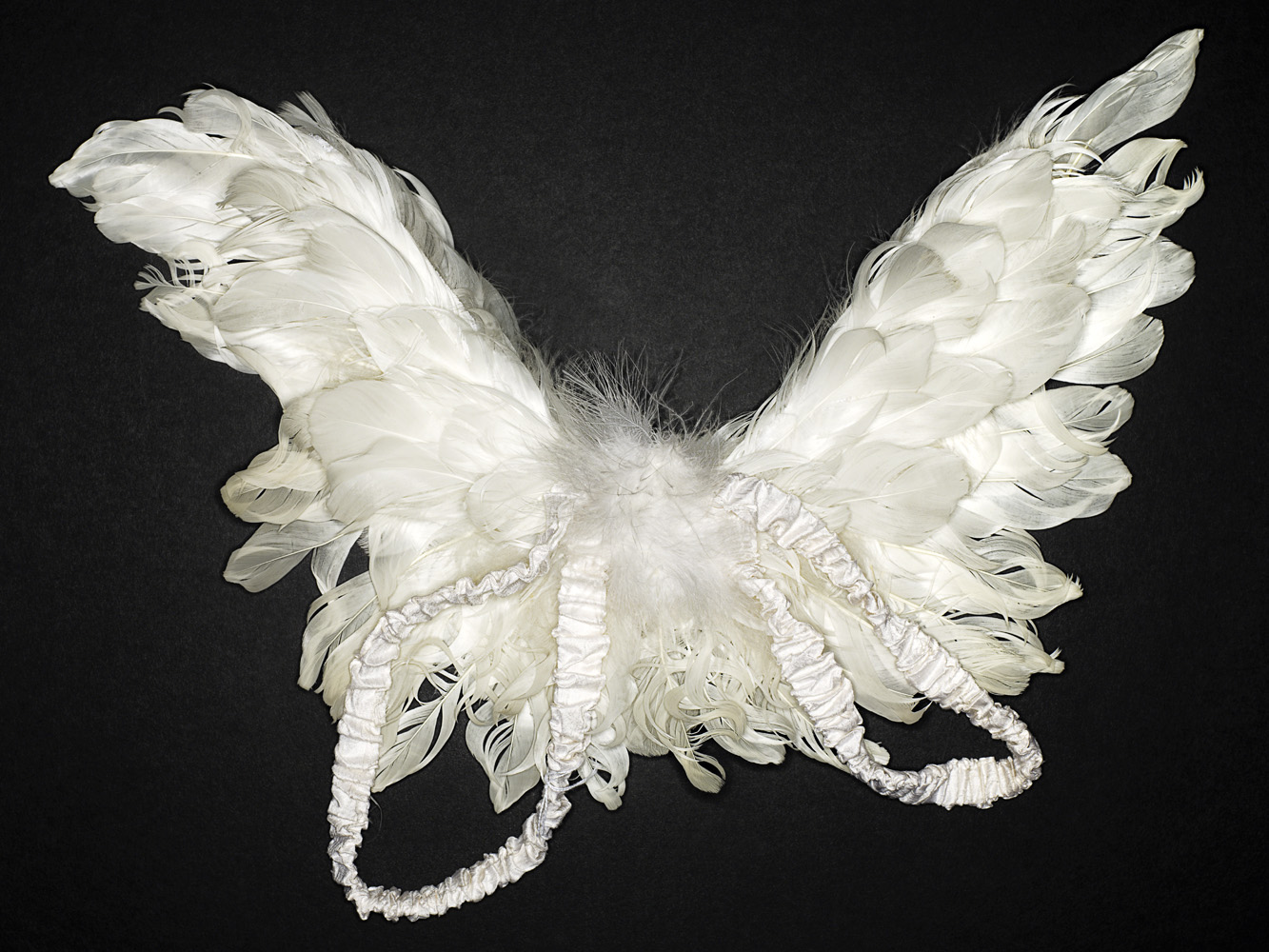
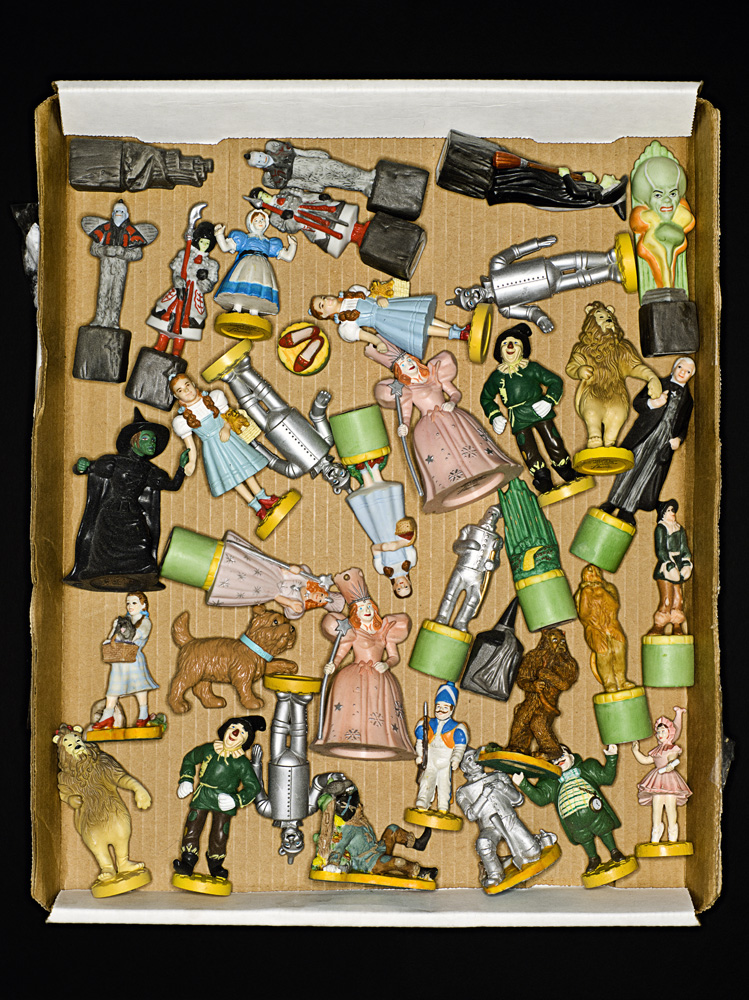
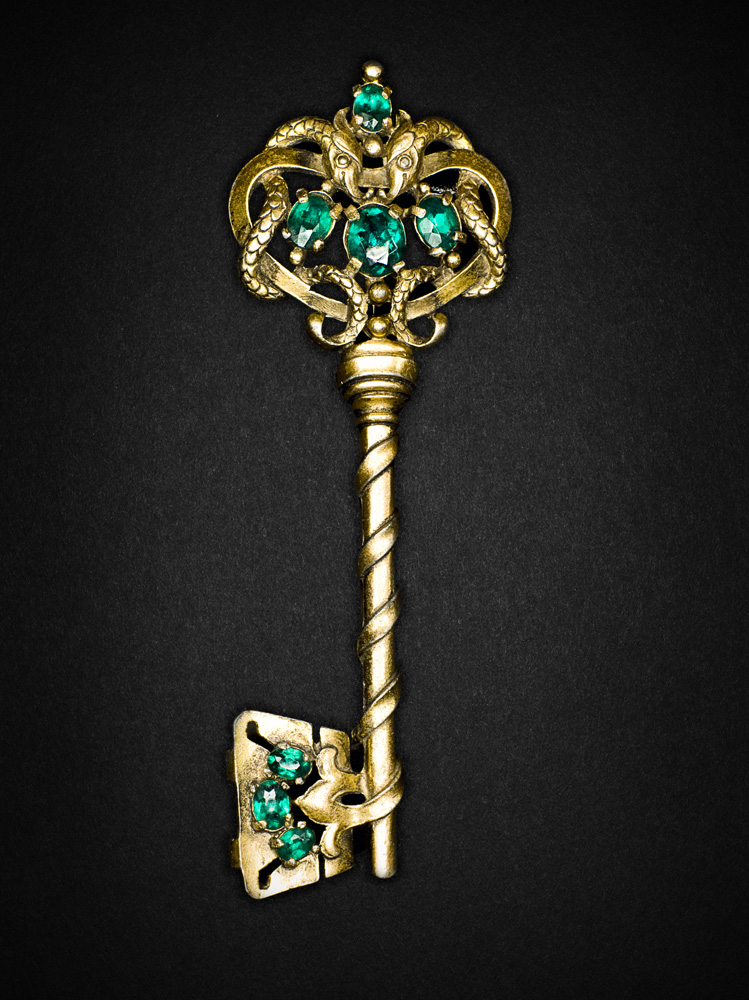
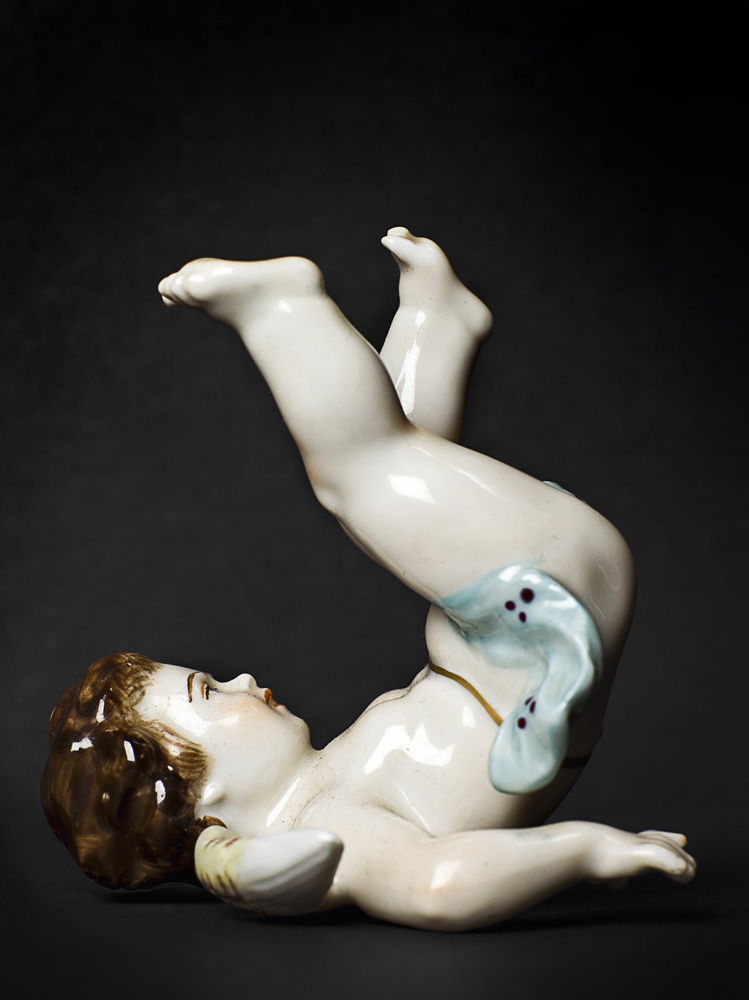




More Must-Reads from TIME
- Inside Elon Musk’s War on Washington
- Why Do More Young Adults Have Cancer?
- Colman Domingo Leads With Radical Love
- 11 New Books to Read in February
- How to Get Better at Doing Things Alone
- Cecily Strong on Goober the Clown
- Column: The Rise of America’s Broligarchy
- Introducing the 2025 Closers
Contact us at letters@time.com